As morning light spills over the Mediterranean, Tunis stirs quietly, a city where the past and present breathe together. This capital of Tunisia holds tales carved in stone, whispers of ancient empires, and lively markets scented with spices and fresh olives. Walking its lanes feels like turning pages of a vast, living storybook. For those drawn to the endurance of culture and the wisdom of simple pleasures, Tunis offers a unique embrace. From the cool shadows of historic medinas to the bright laughter at a corner café, this city invites reflection through its enduring heritage and rhythms.
Table of Contents
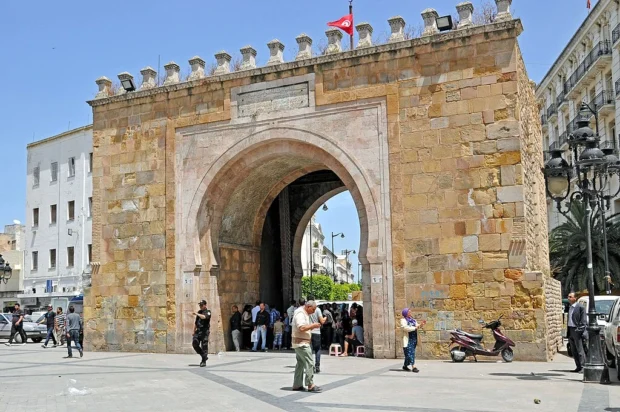
Wandering the Heart of Old Tunis
The medina, woven from labyrinthine alleys and traditional souks, stands as a monument to centuries of trade and craftsmanship. Here, time does not rush; it settles in the sandstone walls and the soft chatter of artisans crafting brass lamps and embroidered textiles. One might pause near the Great Mosque of Zitouna, its ancient courtyard a quiet refuge where prayers and history mingle.
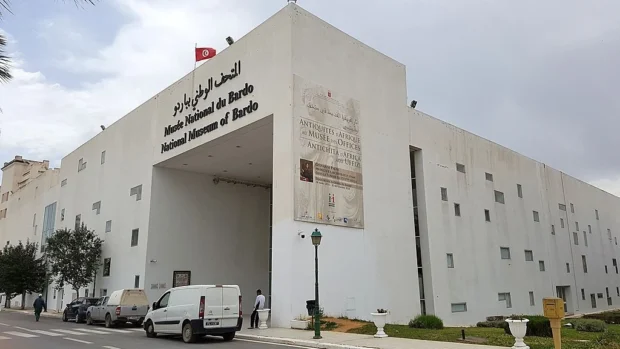
Beyond the obvious, seek the quiet courtyard gardens hidden behind carved wooden doors. These intimate spaces feel suspended, glimpses of old Tunisian life where water once nurtured date palms and jasmine. In the cool shade, the murmur of fountains calls forth a sense of endurance and calm, a soft counterpoint to the bustling streets outside.
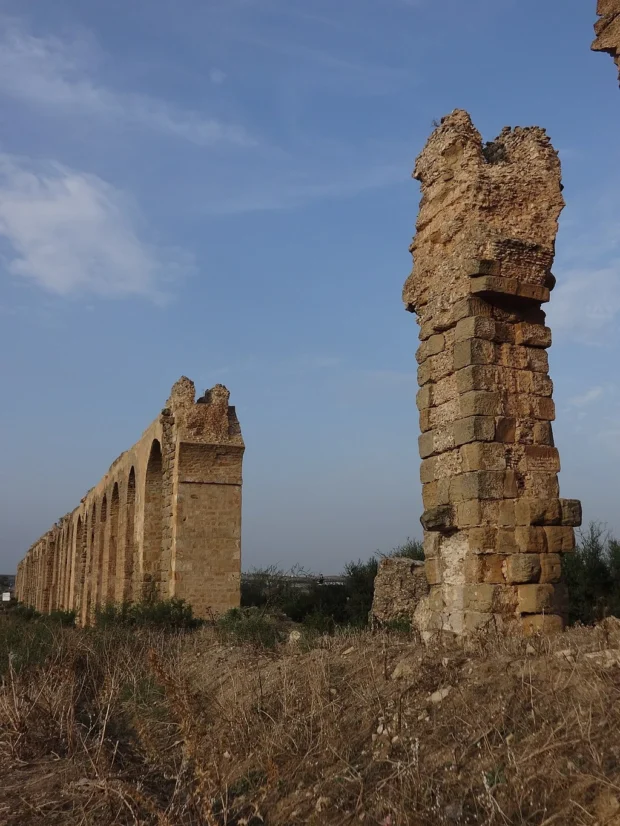
The Stories Etched in Stone and Sand
Just beyond the city center, the archaeological site of Carthage whispers secrets of a city that once commanded Mediterranean waters. Stones bearing the scars of antediluvian battles, mosaics hinting at lost ceremonies, and the remains of grand baths offer a silent dialogue between nature and human aspiration. One afternoon, sitting by the ancient amphitheater, I imagined the echoes of voices lost to time, their dramas frozen in the very silence stretching before me.
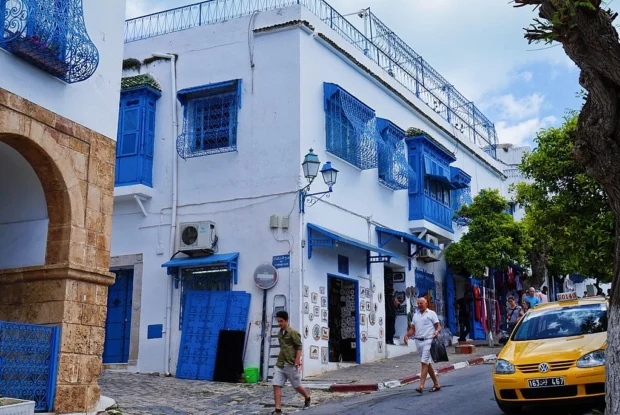
Nearby, the Bardo Museum stands as a guardian of these fragments, displaying mosaics and artifacts that speak of Tunisia’s layered past. The colors and patterns, weathered yet vivid, remind visitors of civilizations attuned to the earth, sky, and sea, their artistry a testament to enduring human creativity amid arid lands.
For travelers intrigued by historic cities like Tunis, the soaring heights and modern marvel of Dubai’s Burj Khalifa offer a striking contrast worth experiencing.
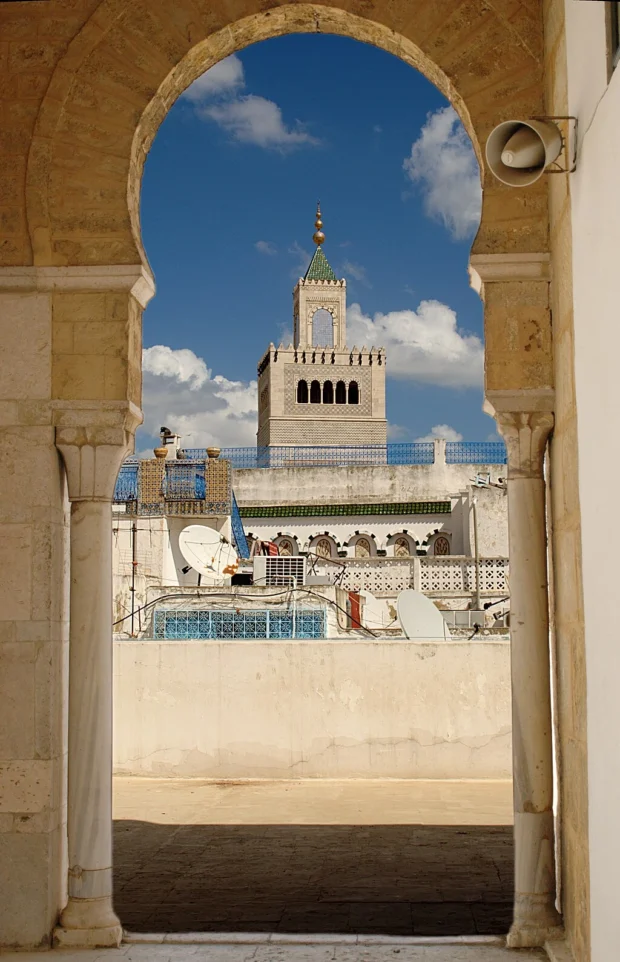
Flavors and Feasts in the City’s Embrace
Eating in Tunis is a passage through history and culture itself. In the narrow streets of the medina, where light sneaks unevenly through ancient roofs, stalls offer steaming bowls of couscous, rich with tender meats and vegetables-a dish that speaks of generosity and shared meals. The aroma of harissa, a chili paste both fiery and fragrant, lingers in the air, a bold reminder of the city’s taste for life’s intensities.
After enjoying Tunis, a visit to Alexandria Egypt reveals another Mediterranean city full of rich history and welcoming streets to wander.
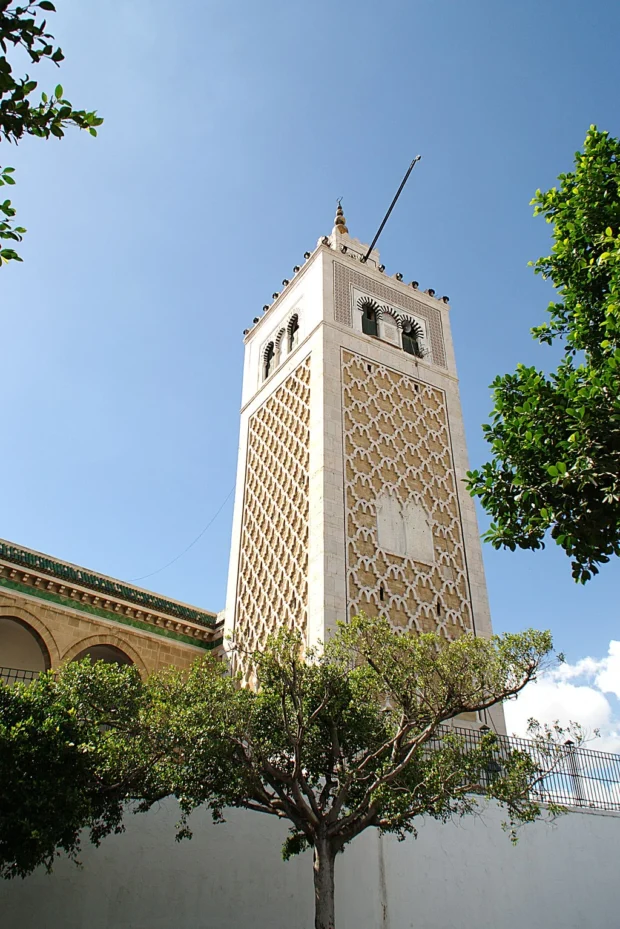
Venturing toward the Belvédère district, cafés serve fresh brik-thin pastry filled with egg and parsley, crisped to golden perfection. Each bite is a revelation of texture and simplicity, a humble ode to nourishment born in this sun-drenched land. Pair it with sweet mint tea poured from slender silver pots, the ritual itself a quiet ceremony of hospitality.
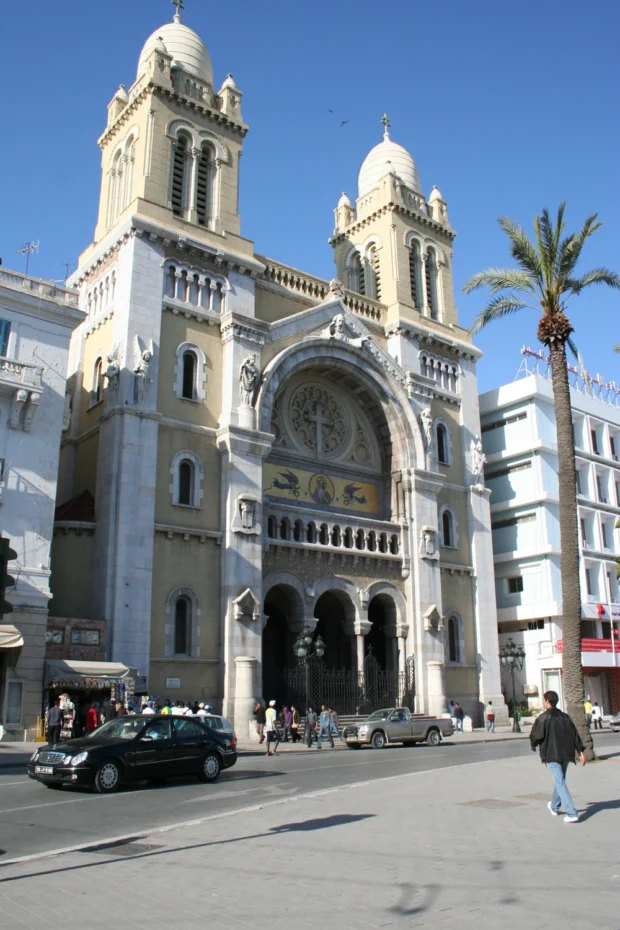
Moving Within Tunis: Notes on Transport
Traveling from Tunis-Carthage Airport to the city center is a gentle introduction to the city’s pace. The train, humming quietly along the coast, offers panoramic vistas of the blue Mediterranean and the city’s tiled roofs unfolding below. It’s a reminder that in Tunis, nature and urban life often lean close, sharing space in graceful balance.
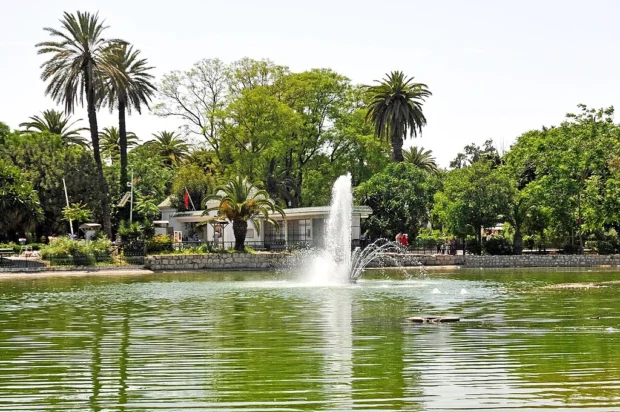
Once in the city, public buses and a modest light rail weave through neighborhoods, connecting bustling markets with quieter residential areas. The rhythm of the trams is steady, their presence a constant thread linking the old and new parts of Tunis. Walking remains the most intimate way to engage, allowing small wonders-an artisan’s smile, children’s laughter chasing pigeons-to come into focus.
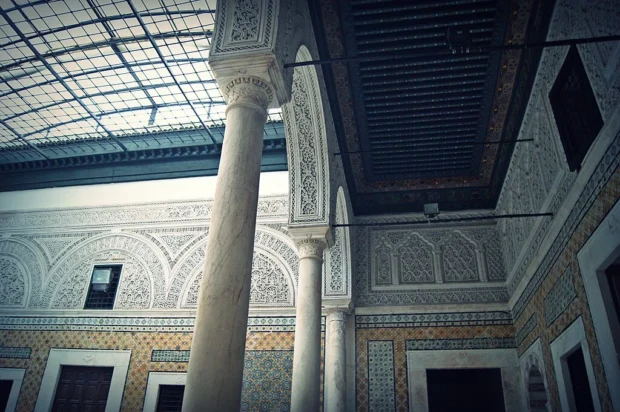
Living Customs and Quiet Rules
In Tunisian culture, respect and warmth dance together in everyday encounters. When entering a home or mosque, it is customary to remove shoes-a small gesture of reverence for sacred or private spaces. Greeting with a gentle handshake or a nod acknowledges the bonds of community without haste. Remember that dressing modestly, especially in religious sites, reflects respect for the cultural fabric woven through daily life.
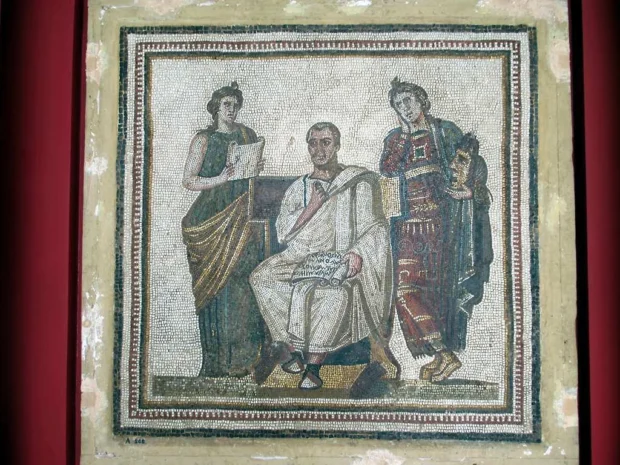
One afternoon, a local elder shared a proverb about the desert sands-“The patient grain survives the longest storm”-a quiet lesson weaving endurance into both nature and human spirit. Such wisdom reveals itself in the city’s measured rhythms and the hospitality extended without expectation.
After savoring Tunis’s unique flavors, you might enjoy strolling through Istanbul’s vibrant markets and historic streets, where culture and daily life beautifully intertwine.
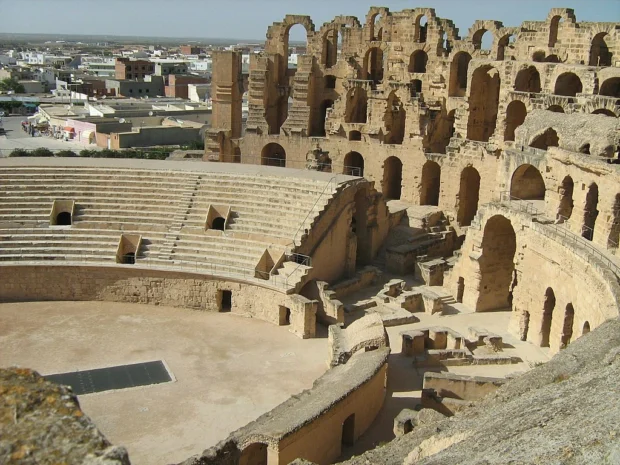
Finding Rest Amidst the City’s Pulse
Tunis offers lodgings that echo its character-guesthouses nestled in the medina’s folds or quiet inns along tree-lined avenues. These places invite pause, spaces where the day’s discoveries can be savored in the cool calm of traditional courtyards or balconies overlooking ancient rooftops.
Opting for a room near the medina means waking to the mingled sounds of morning prayers and market cries, an orchestra of life that pulses through the veins of the city. Alternatively, accommodations near the Belvédère Park provide a leafy retreat, where palms sway gently and the city’s mosaic of voices softens into a reflective hush.
Unseen Corners and Gentle Surprises
Beyond the well-trod paths, Tunis harbors quieter corners where the past lingers in unexpected forms. In the shadow of the cathedral of St. Vincent de Paul, the echoes of French colonial architecture blend with the call of muezzins, a reminder of complex histories layered like sediment in the city’s fabric.
During a leisurely walk near the coastline, I stumbled upon a small workshop where artisans shape delicate pottery from local clay, their hands moving with practiced grace. These crafts, rooted in the desert’s resources, speak of a deep connection to the earth and the artistry it inspires.
Closing Reflections on Tunis’s Quiet Majesty
Tunis is not a city hurried; it invites slow, thoughtful immersion. The interplay of ancient stones and lively markets, the scent of jasmine mingling with sea air, all create a rich tapestry worth lingering in. For those willing to listen, the city offers stories not just told, but felt-in the enduring patience of its people, the careful craft of its artisans, and the eternal rhythm of land and sea.

- Kasbah Square (Tunis Town Hall) – (ساحة القصبة (مبنى البلدية – Place de la Kasbah (Hôtel de ville) photo2 by Sami Mlouhi on Wikimedia Commons – cc by-sa 4.0
- Bab El Bhar, Tunis by Dennis G. Jarvis on Wikimedia Commons – cc by-sa 2.0
- Tunis, Museum Bardo by Herbert Frank from Wien (Vienna), AT on Wikimedia Commons – cc by 2.0
- Romain Aqueduct of Zaghouan by Rbsangelo on Wikimedia Commons – cc by-sa 3.0
- Sidi Bou Said 02 by Rene Cortin on Wikimedia Commons – cc by-sa 4.0
- Minaret de la Mosquée de la Zitouna, Tunis, 21 septembre 2013, (06) by Habib M'henni on Wikimedia Commons – cc by-sa 3.0
- Mosquée de la Casbah, Tunis 21 septembre 2013, (03) by Habib M'henni on Wikimedia Commons – cc by-sa 3.0
- Cathédrale Saint-Vincent-de-Paul by Kassus on Wikimedia Commons – cc by 2.5
- Parc du Belvédère, Tunis by Dennis G. Jarvis on Wikimedia Commons – cc by-sa 2.0
- Medina 2012 8 by E.Selmaj on Wikimedia Commons – cc by-sa 3.0
- Mosaic in the Musée National du Bardo in Tunis of the poet Virgil (3rd century AD) by David Stanley from Nanaimo, Canada on Wikimedia Commons – cc by 2.0
- Coloseum, El Jem, Tunisie – panoramio (4) by Fortunato32 on Wikimedia Commons – cc by-sa 3.0
